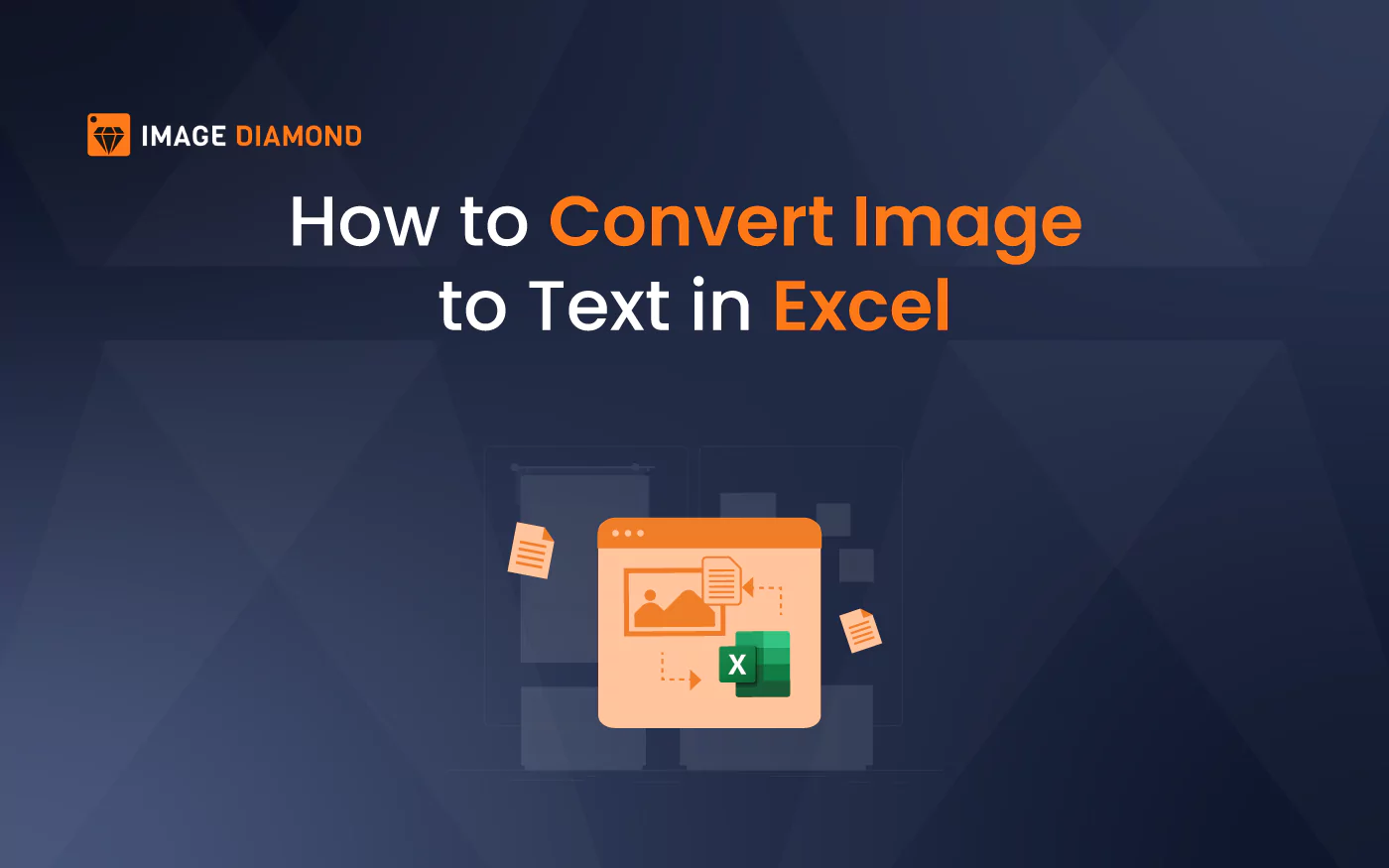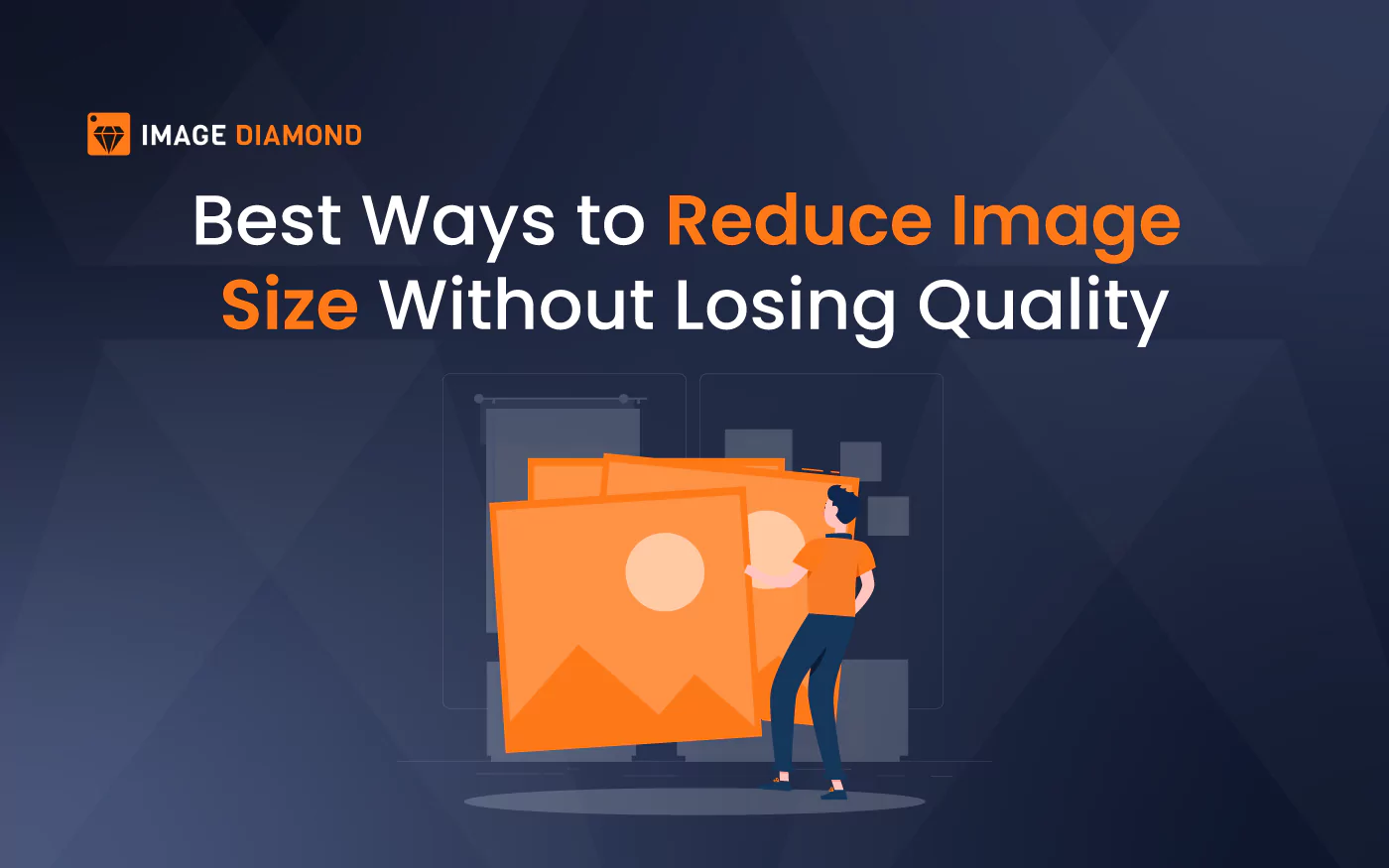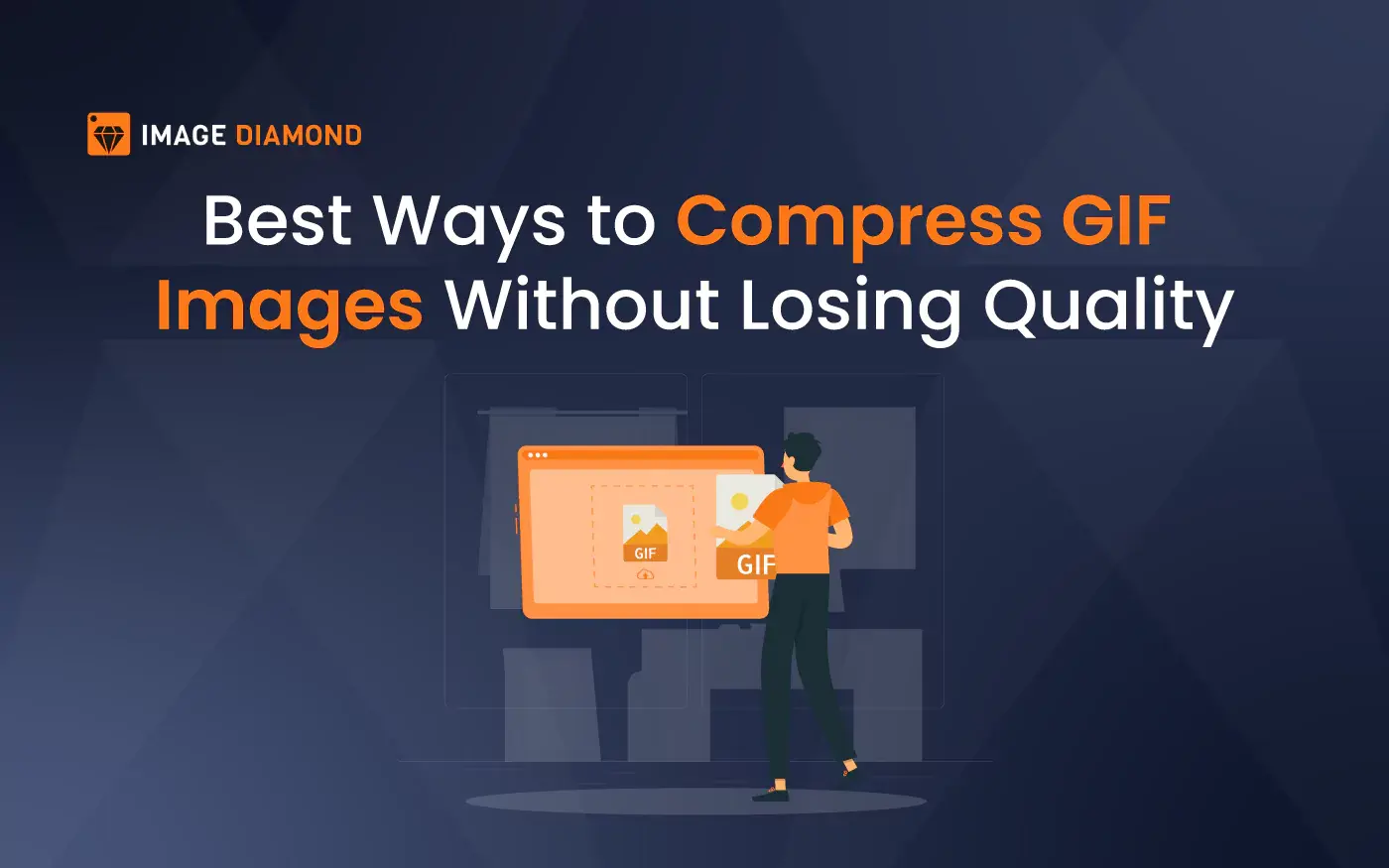
How to Convert Image to Text in Excel
As businesses and
individuals generate vast amounts of data, the challenge of managing that
information efficiently has never been greater. Converting images containing
valuable text into editable formats is a key skill that can save time and
reduce errors. Microsoft Excel provides built-in features that make this task
easier than ever. From capturing data from scanned documents to utilizing
mobile apps for on-the-go conversions, this guide will explore multiple methods
for extracting text from images. By mastering these techniques, you can enhance
your productivity and focus on what truly matters—analyzing and leveraging your
data effectively.
Table of Contents
Understanding the Need for Image-to-Text Conversion
Images containing text,
such as scanned documents, screenshots of tables, or photos of handwritten
notes, can be challenging to work with. Manually entering this data into Excel
can be tedious and error-prone. By converting images to text, you can:
- Save Time: Automate data entry processes. Instead of spending hours typing
out information from printed materials, you can quickly convert them into
editable formats.
- Reduce Errors: Minimize human mistakes during
transcription. Manual entry often leads to typos or misinterpretations;
OCR technology helps ensure that the data is accurately captured.
- Enhance Productivity: Focus on analysis rather than data entry.
With more time freed up from manual tasks, you can concentrate on deriving
insights from your data rather than just inputting it.
- Facilitate Collaboration: Sharing data in Excel format is often easier
than sharing images. By converting images to text, you make it simpler for
team members to access and manipulate the data.
Understanding these
benefits highlights the importance of mastering image-to-text conversion
techniques in Excel.
Methods for Converting Images to Text in Excel
1. Using Excel’s Built-in Features
Excel has integrated tools
that allow users to extract text from images easily. Here’s how to use these
features effectively.
Step-by-Step Guide
- Open Microsoft Excel: Ensure you have the latest version of Excel
installed on your computer. The newer versions come with enhanced
capabilities for image processing.
- Navigate to the Data Tab:
- Click on the Data tab in the ribbon at
the top of the window. This tab contains various options for importing
and managing data.
- Select From Picture:
- Choose From Picture > Picture From File
if you have an image saved on your device.
- If you want to use a screenshot, select From
Picture > Picture From Clipboard.
- Upload Your Image:
- For file uploads, browse your computer and
select the image.
- For clipboard images, take a screenshot and
copy it before selecting the clipboard option.
- Review Extracted Data:
- Excel will process the image and display a
dialog box with the extracted data.
- Review any highlighted issues or errors in
the extracted text. This step is crucial as it allows you to catch any
inaccuracies before inserting the data into your spreadsheet.
- Insert Data into Spreadsheet:
- Once satisfied with the corrections, click Insert
Data to add it directly into your spreadsheet.
- You can then format this data as
needed—adding headers, adjusting columns, or applying formulas.
Example Scenario
Imagine you have a scanned
invoice containing itemized data like product names, quantities, and prices. By
following these steps, you can quickly convert that invoice into a structured
format in Excel without manually typing each item. This not only saves time but
also ensures that all details are captured accurately.
2. Using Mobile Apps for Image Conversion
Microsoft also offers
mobile applications that allow you to convert images directly from your
smartphone or tablet. This is particularly useful for on-the-go professionals
who may need to capture data quickly while away from their desks.
How to Use the Excel
Mobile App
- Download Microsoft Excel App: Ensure you have the app installed on your
device from your app store (available for both iOS and Android).
- Open the App and Create a New Document:
- Tap on the "+" icon to create a new
spreadsheet or open an existing one where you want to insert the
converted data.
- Use Insert Data from Picture Feature:
- Look for the option that allows you to insert
data from a picture (usually found in the actions menu). This feature
makes it easy to capture information without needing additional software.
- Capture or Select an Image:
- Take a picture of your document using your
device's camera or select one from your gallery if you already have an
image saved.
- Review and Insert Data:
- Similar to the desktop version, review any
extraction issues highlighted by Excel's OCR technology.
- Once you're satisfied with how it looks,
click Insert when ready.
Advantages of Using
Mobile Apps
Using mobile apps for
image-to-text conversion offers several advantages:
- Convenience: Capture data anywhere—whether you're in a meeting or at a
client site.
- Speed:
Quickly convert documents without needing access to a computer.
- Flexibility: Easily switch between different devices while maintaining
access to your spreadsheets.
3. Utilizing Online OCR Tools
If you prefer not to use
Excel's built-in features or need more advanced options, several online tools
can help convert images into editable text formats. Here are some popular
choices:
|
Tool Name |
Features |
URL |
|
Aspose Image Converter |
Supports multiple
formats; batch processing |
Aspose |
|
OnlineOCR |
Simple interface; free
for small files |
OnlineOCR |
|
Smallpdf |
PDF conversion;
user-friendly interface |
Smallpdf |
How to Use Online OCR
Tools
- Choose an Online Tool: Select one from the table above based on
your needs and preferences regarding features and ease of use.
- Upload Your Image: Drag and drop your image file into the
designated area or click on an upload button to browse your files.
- Select Output Format: Choose "Excel" as your desired
output format if prompted by the tool’s interface.
- Convert and Download: Click on the convert button and wait for
processing; once complete, download your newly created Excel file directly
onto your device.
Benefits of Online
Tools
Online OCR tools offer
several advantages:
- Accessibility: Use them from any device with internet
access—no software installation required.
- Variety of Formats: Many online tools support various file types
(e.g., PDF, JPG), providing flexibility based on what you need.
- Batch Processing Options: Some tools allow you to upload multiple
files at once, saving time when dealing with large amounts of data.
4. Third-Party Software
Solutions
For those who frequently
need image-to-text conversion, investing in dedicated software might be
worthwhile. Here are some options:
- Adobe Acrobat Pro DC
- Offers advanced OCR capabilities for
converting scanned documents into editable formats like Word or Excel.
- Provides robust editing features
post-conversion for fine-tuning extracted content.
- ABBYY FineReader
- A powerful OCR software that supports various
languages and formats.
- Known for its high accuracy rates and ability
to maintain formatting during conversion.
- Readiris
- Allows users to convert PDFs and images into
editable formats with high accuracy.
- Includes features like document management
and cloud integration options for enhanced workflow efficiency.
Why Invest in Dedicated
Software?
Investing in dedicated OCR
software can be beneficial for several reasons:
- Accuracy: These programs typically offer higher accuracy rates compared
to free online tools.
- Advanced Features: Many come with additional functionalities
such as batch processing, document editing capabilities, and integration
with other applications.
- Support for Multiple Languages: If you work with international documents,
dedicated software often supports various languages beyond just English.
Best Practices for Successful Conversion
To ensure optimal results
when converting images to text in Excel, consider these best practices:
1. Use High-Quality
Images
- Ensure that images are clear and well-lit
before uploading them for conversion.
- Avoid blurry or pixelated pictures as they can
hinder OCR accuracy significantly; even slight distortions can lead to
incorrect character recognition.
2. Optimize Layouts
- If possible, use images with simple layouts
(e.g., tables without excessive formatting) as they are easier for OCR
software to interpret correctly.
- Avoid complex backgrounds that may confuse OCR
technology; plain backgrounds help improve recognition rates
significantly.
3. Review Extracted
Data Thoroughly
- Always double-check extracted data for
accuracy after conversion; this step is crucial because even advanced OCR
technologies may misinterpret characters or words.
- Correct any errors before using it for
analysis or reporting; ensuring accuracy at this stage saves time later
when analyzing results based on incorrect input.
4. Familiarize Yourself
with OCR Limitations
- Understand that OCR technology may struggle
with certain fonts or handwriting styles; cursive writing or decorative
fonts often lead to errors during recognition.
- Be prepared for manual adjustments if
necessary; sometimes it's quicker just to type out small sections instead
of relying solely on automated processes when faced with challenging
documents.
Conclusion
Converting images to text
in Excel is an essential skill that can significantly enhance productivity and
efficiency in data management tasks across various industries—from finance
professionals handling invoices to researchers compiling survey results from
printed forms. Whether using built-in features in Excel, mobile apps designed
specifically for this purpose, online tools offering quick solutions without
installation hassles, or dedicated software solutions tailored towards frequent
users—there are numerous methods available tailored towards different needs
depending upon individual preferences!
By following this comprehensive guide while implementing best practices throughout each step involved within this process—users will streamline workflows further reducing errors allowing them more time focusing primarily upon analyzing valuable insights derived directly from their datasets! Embrace these technologies today; watch as they transform how information gets handled moving forward!


.png)




